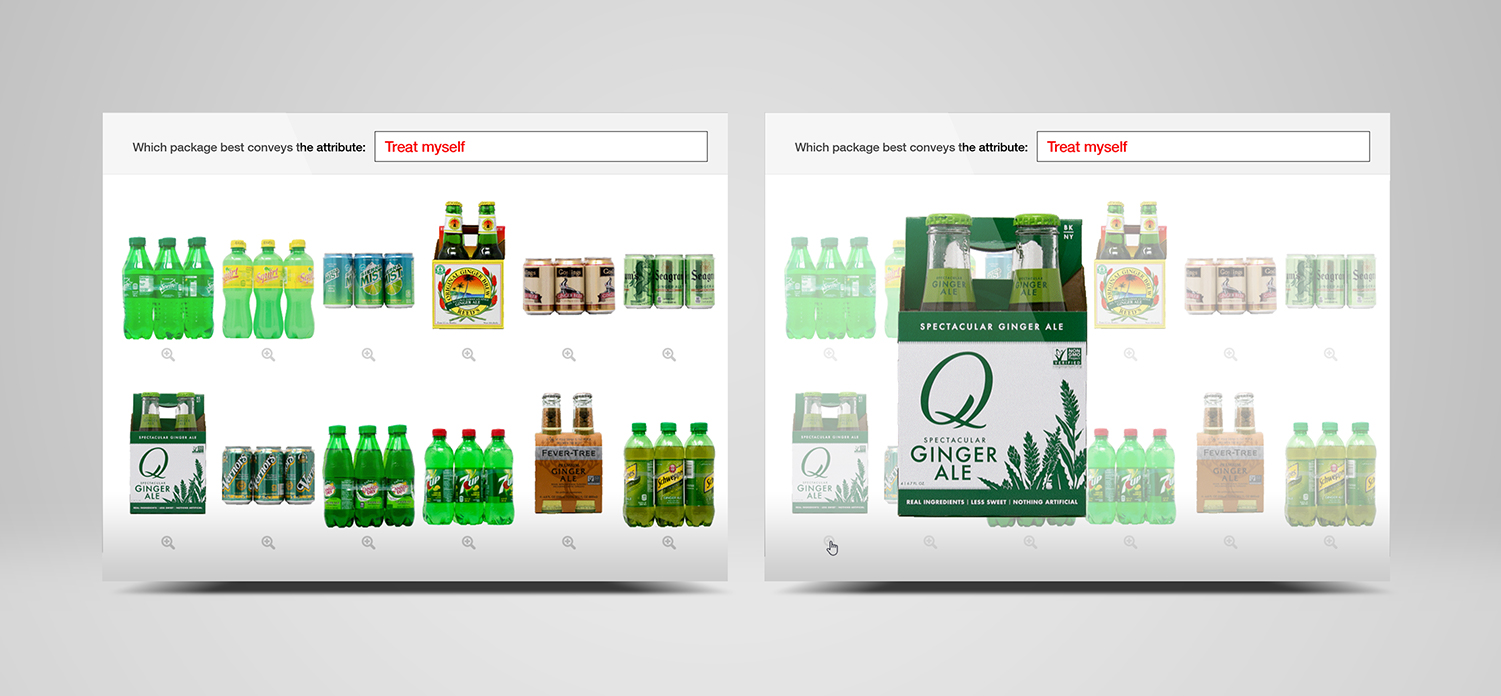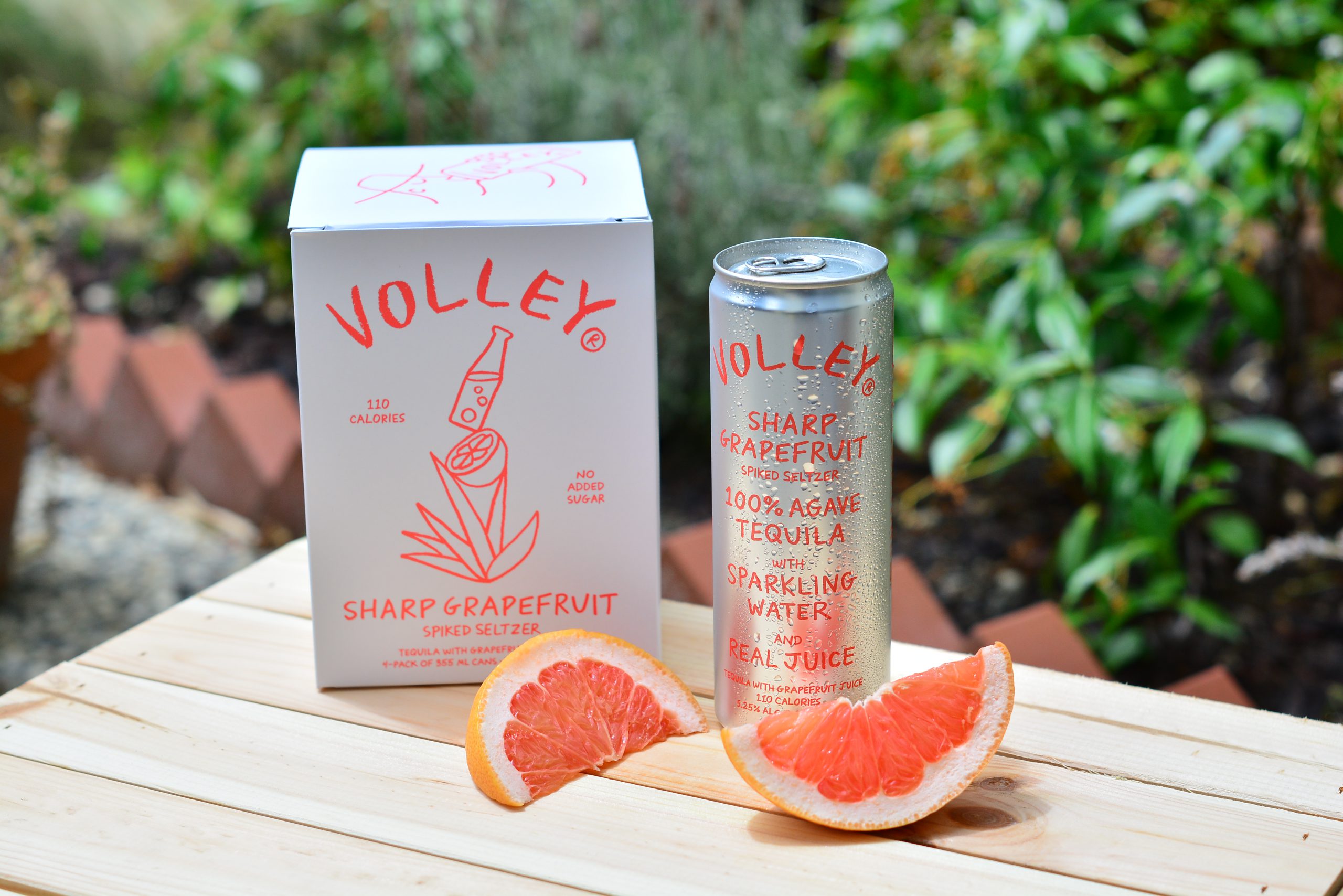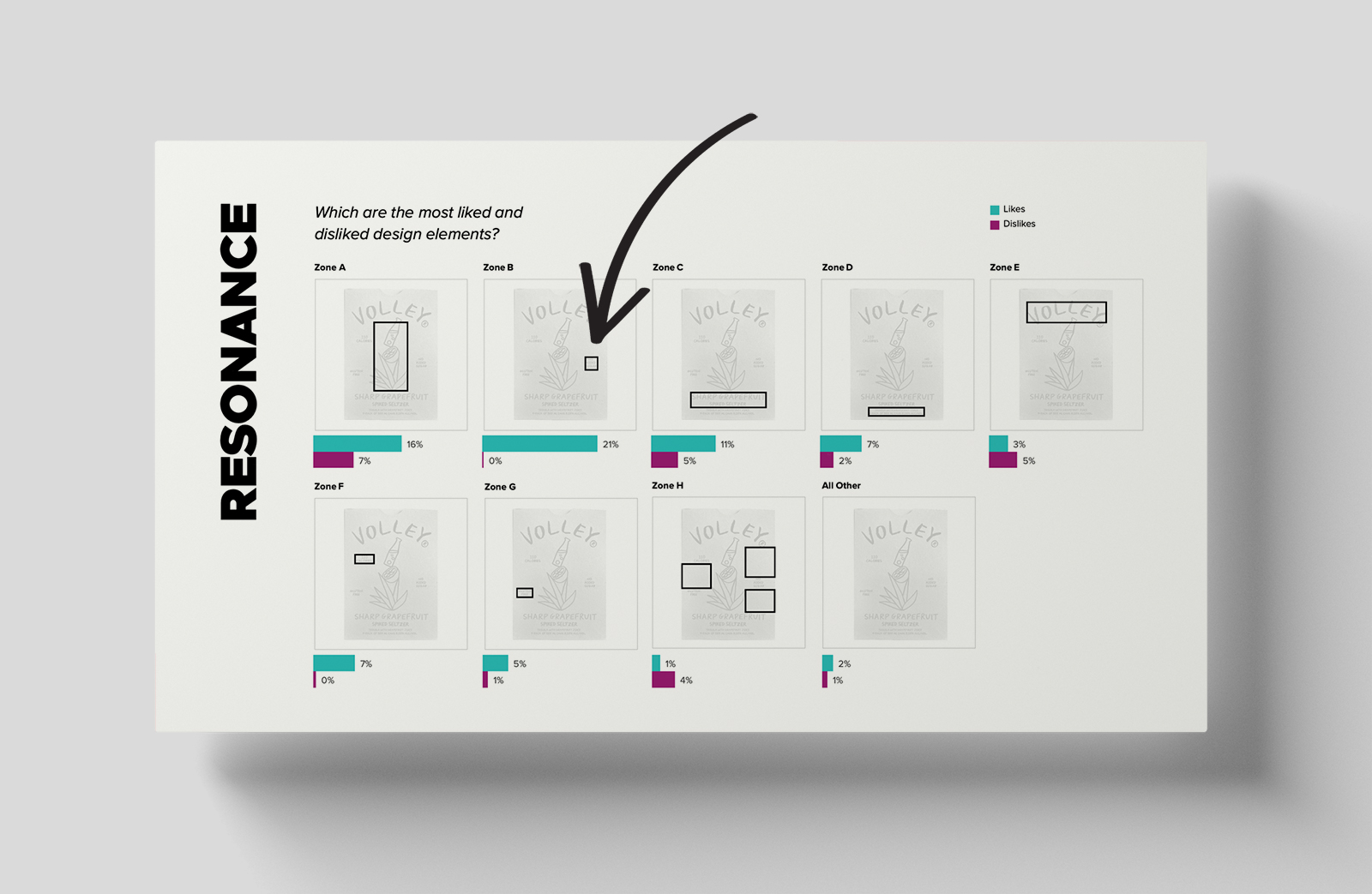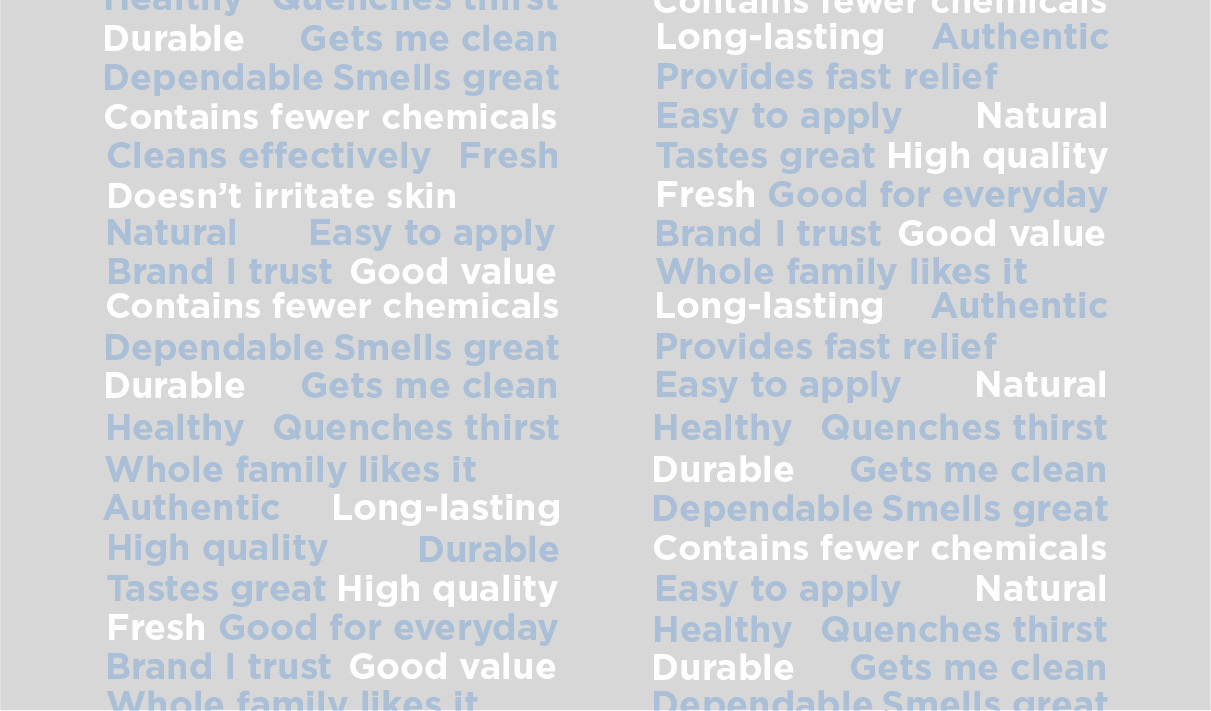At Designalytics, we make it our business to know about redesigns. Big ones, small ones… if a brand has changed their packaging, we usually know about it. Then, we evaluate the new design versus its predecessor across several design performance areas—as such, we have developed a massive database of redesigns that is a treasure trove of valuable data.
Here’s an example of just how valuable it is: One of the key takeaways of our meta-analysis of this database has been the importance of specific design metrics, including communication, in driving sales. This makes intuitive sense; after all, the best salespeople are often the ones who can connect their product with what’s most important to customers. And there’s no question your brand’s package design is its most relentless and compelling salesperson.
The upshot is that saying objectively important things contributes heavily to sales performance. In fact, this measure is nearly as important as purchase intent, with an 88% correlation to directional in-market outcomes.
The key word in the paragraph above? Objectively.
When it comes to communication, some brands rely on their instincts about what they think will drive purchase preference, or become hyper-focused on what they’d like their brand to stand for, whether or not a critical mass of consumers are interested. History is filled with failed businesses who made assumptions like this instead of taking a simple, effective step.
Asking consumers what they want.
That’s part of what we do. Designalytics objectively determines the top purchase-driving attributes in a given product category through research with hundreds of consumers. Then we then utilize a forced-choice exercise to ascertain which designs are communicating each attribute most effectively. Often, the data will surprise clients (and, sometimes, even us) and make the brand reconsider its approach to a design.

Volley, a challenger brand in the hard seltzer category, gained crucial insights about choice drivers through their work with us. The brand had developed its identity around a particular differentiator: high-quality tequila.

Volley wanted to emphasize that its beverage was made with 100% agave tequila, including prominent call outs and imagery of an agave plant, while underscoring its premiumness. But ingredients weren’t the top priority for consumers—they were most interested in whether the beverage was refreshing and tasted good. Ingredients were still somewhat important, but more for the quality than the type of alcohol.
Interestingly, design testing revealed another surprising finding: Consumer reactions coalesced not around the ingredients it included, but one it lacked: added sugar. Through our resonance exercise—where consumers are presented with an image of the package and prompted to indicate specific elements they like or dislike—one claim particularly resonated: zero added sugar. Relatedly, "right amount of sweetness," "fits with my healthy lifestyle," and "healthy" all ranked highly with consumers when asked which attributes they consider when purchasing hard seltzer.
“I watch my sugar intake,” said one person. “The less sugar the better,” said another, while another liked that it was “not too sweet.” One more interesting association came up related to health: “No added sugar works for me since I’m diabetic.” The package mentioned “No added sugars,” but in tiny type. Consumers had prioritized it more than the brand had.

This doesn’t necessarily mean that all brands should completely focus on winning over consumers by communicating only the top choice drivers. As a method of differentiation, great brands (especially challengers) can choose to focus on specific attributes because they are very important to a segment of consumers, even if the attribute isn’t at the top of the list. In this case, if you have a critical mass of buyers for whom “zero added sugar” is important, your brand could highlight this attribute. Having these insights in hand can help open-minded brands in a similar situation pivot to more effective positioning.
Communication is essential in developing effective package designs that actually increase sales. Brands should insist on objectively-selected communication attributes in their design research, so they can be confident they’re conveying what’s most important to their customers.




